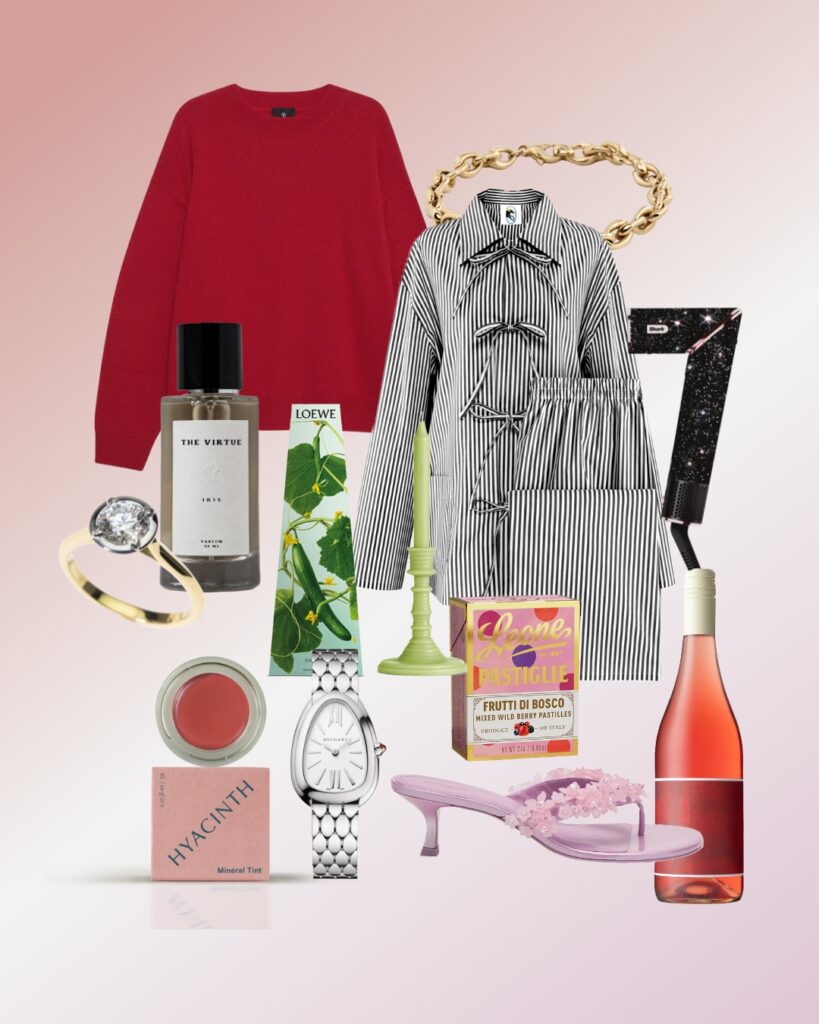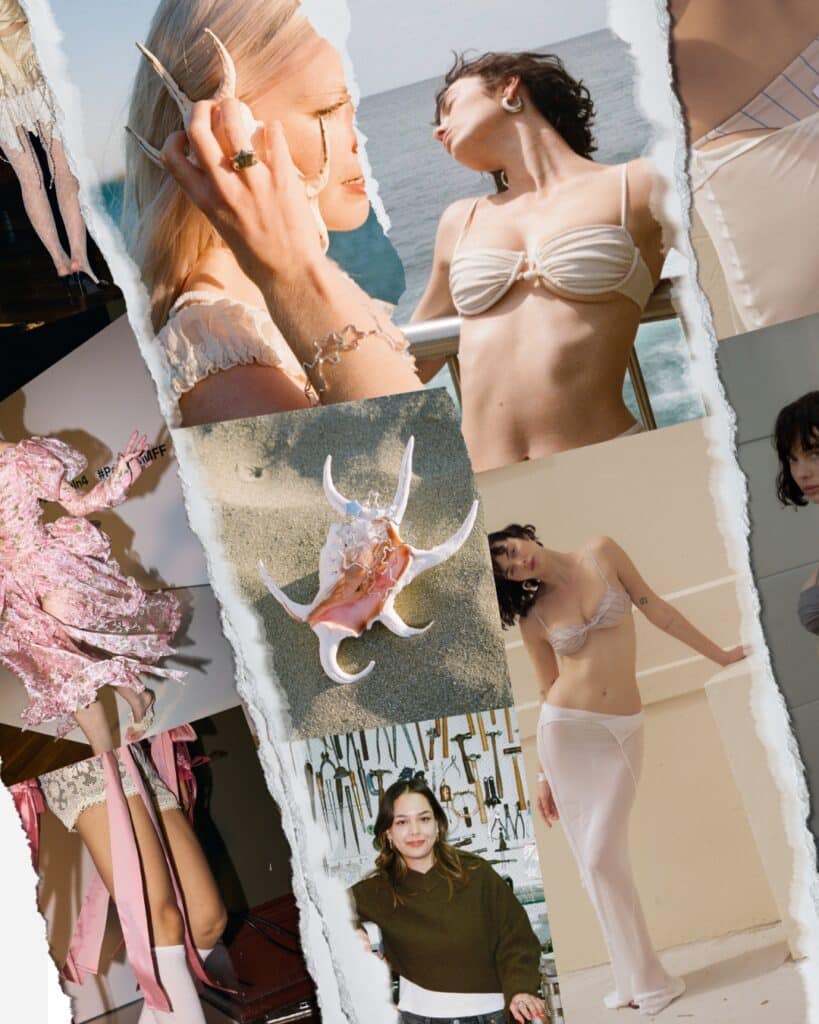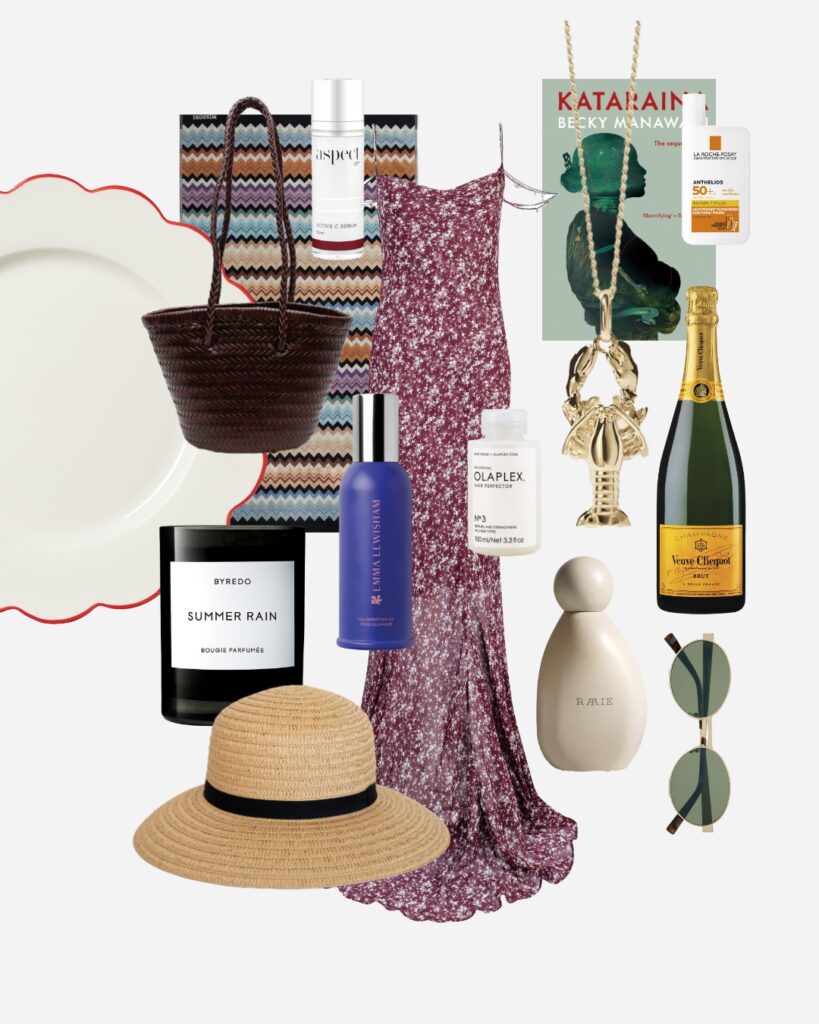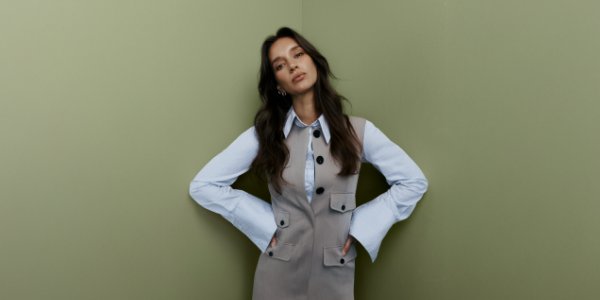
Take a break from the solitary pursuit of self help and reignite the art of conversation, urges Fiona Ralph.
As far as wellness trends go, perfect yoga poses, goopy green smoothies and stylish athleisure gear are far more fashionable than simple ideas like connection and conversation. There’s nothing super or new about these ‘con’ words and they may not be easy to embrace, but they are integral to our wellbeing. Many of today’s wellness pursuits are solitary and our smartphones often intrude on our rare moments of connection. Researchers are now calling for us to put down our devices and make the most of real-life interactions – for our own happiness.
CONNECT THE DOTS
Researcher, Ted Talk star and best-selling author Brené Brown is a strong advocate of connection, saying it is one of the keys to a life worth living and an important tool in dealing with emotions such as shame and vulnerability. In her latest book Rising Strong, she discusses the need for helping one another, stating that “connection doesn’t exist without giving and receiving. We need to give and we need to need.” Australian social researcher Hugh Mackay agrees. In his book The Art of Belonging, he writes that “as social creatures we can only reach our potential when we engage with our communities – in the local neighbourhood, at work, and even online”. In The Good Life, Mackay points out that society’s current markers of a “good life” – wealth, status, success and happiness – need to be replaced by the quality of our relationships and a sense of selflessness.
SPEAK UP
In Reclaiming Conversation: The Power of Talk in a Digital Age, professor Sherry Turkle urges people to bring conversation back into their daily lives. Turkle has been studying technology for more than 30 years and says emails and text messages have made it easier for people to avoid difficult conversations. She suggests that instead of sharing pictures to Facebook to show our love for someone, we should talk and listen to them. In an extract published in the New York Times, Turkle writes: “When two people are talking, the mere presence of a phone on a table between them or in the periphery of their vision changes what they talk about and the degree of connection they feel. People keep the conversation on topics where they won’t mind being interrupted. They don’t feel as invested in each other. Even a silent phone disconnects us.”
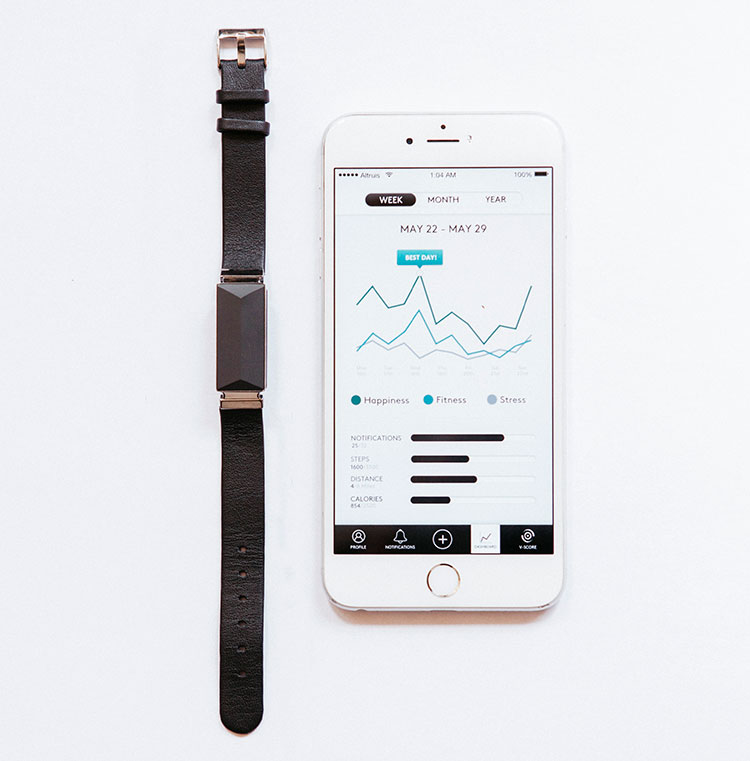
SWITCH OFF
Psychologists and mindfulness bloggers have been advocating technology-free days for a number of years but forward-thinkers are working on ways to minimise technology’s presence instead. Wearable-tech companies such as Altruis and Ringly aim to help smartphone-addicted people with rings, bracelets and necklaces that connect to their phone. Each piece can be programmed to notify the wearer of important calls and screen others so they can leave their phone out of sight for longer.
LOOK AT ME
The new sport of eye-gazing is making waves because of its ability to connect strangers and break down barriers. To help bring new understanding to the refugee crisis, Amnesty International Poland and advertising agency DDB & Tribal created a film called Look Beyond Borders, where Syrian and Somali refugees sat opposite people from European countries and stared into each other’s eyes for four minutes. The results included tears, compassion and understanding – without words. The video applied psychologist Arthur Aron’s 1997 theory that four minutes of uninterrupted eye contact brings people closer. Copenhagen Institute of Interaction Design’s Victoria Hammel set up an eye-gazing station on the streets of the Danish capital to welcome refugees last year; Melbourne’s The Human Connection Movement holds eye-gazing events around Australia, inspired by performance artist Marina Abramović; and The World’s Biggest Eye Contact Experiment was undertaken last year, with the slogan “real connections don’t require WiFi”.

For more wellbeing, lifestyle and beauty news and tips, pick up a copy of Simply You Body & Beauty, out now.


